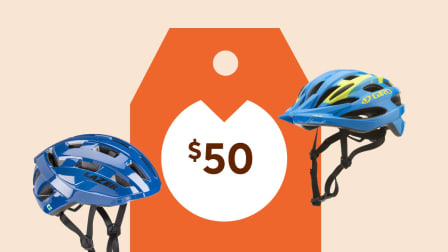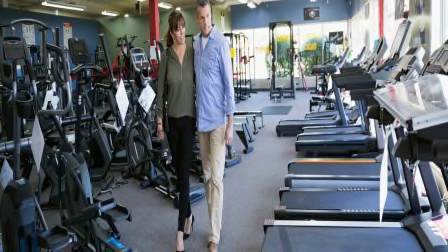Best Pickleball Paddles
A good player needs a good paddle
When you shop through retailer links on our site, we may earn affiliate commissions. 100% of the fees we collect are used to support our nonprofit mission. Learn more.
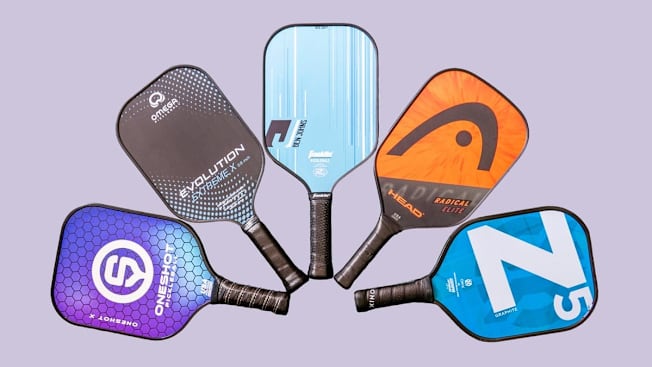
If you’re one of the more than 10 million casual pickleball players in the U.S., you might be thinking about upgrading your paddle. Or maybe you’re a total newbie, helping to make pickleball—a mix of tennis, badminton, and table tennis—the fastest-growing sport here. In either case, the right paddle can make a huge difference in your competitive edge and enjoyment of the game.
To help you find your next pickleball paddle, we purchased six popular and widely available beginner-to-intermediate ones and had a few seasoned players try them out on a court and weigh in with their expert feedback. Our evaluators—Eric Ho, Ray Xiong, and Jean Xiong—are the founders of NYC Pickleball, an online resource and community of players. Eric is also a certified pickleball instructor.
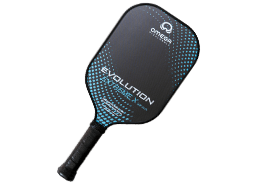
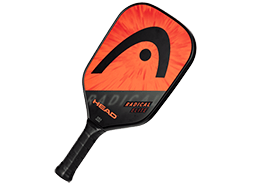
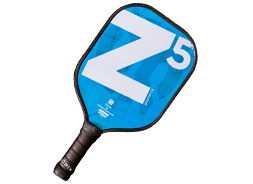
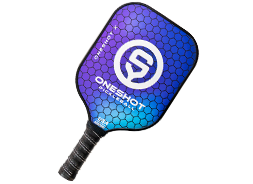
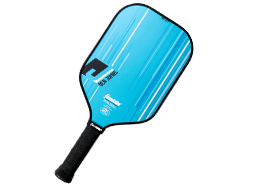
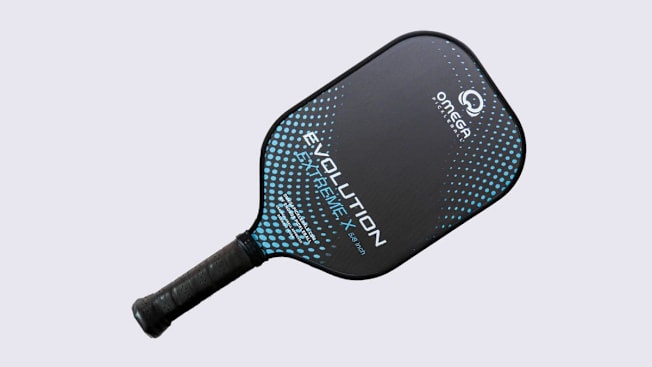
“This paddle is smooth!” Jean said.
“It plays like a $170 paddle,” Ray said. “It’s by far the best in this evaluation.”
“It has a nice handle, nice touch, and a lot of control,” Eric said. “It’s easy to say that the $170 paddle has more control, but as you get better, you need that control.”
Unlike some less expensive paddles with grit sprayed on the surface (see the Franklin, below), the Engage Omega Evolution Extreme X is made of carbon fiber, so there’s natural grit embedded into the material itself—meaning the texture won’t wear off and the paddle’s spin potential should last longer. Our evaluators also said they felt less vibration using this paddle than the others on this list. It feels and performs like a high-end paddle that costs a couple of hundred dollars.
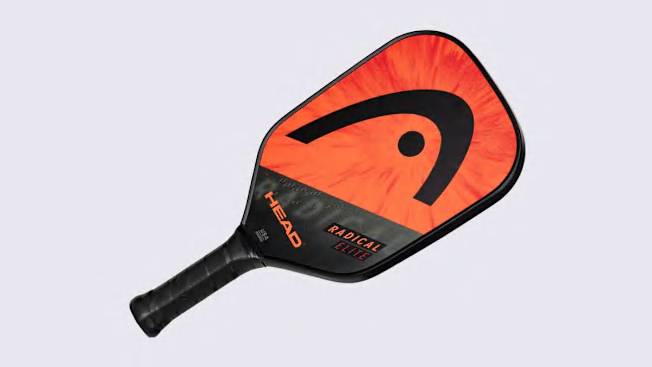
The handle on the Head Radical Elite got the best reviews of all the paddles on this list. “It’s nice and solid, but also quite octagonal,” said Eric, who added that tennis players generally prefer octagonal handles and a longer length. “It offers good control and power, so if you come from tennis and like to drive a ball, this would be a nice one.”
This paddle isn’t the longest of the bunch, but it’s long enough. It is, however, the smoothest, so it’s hard to generate much spin from it. Still, it’s a good value for solid power and solid contact. It feels like a pricier paddle.
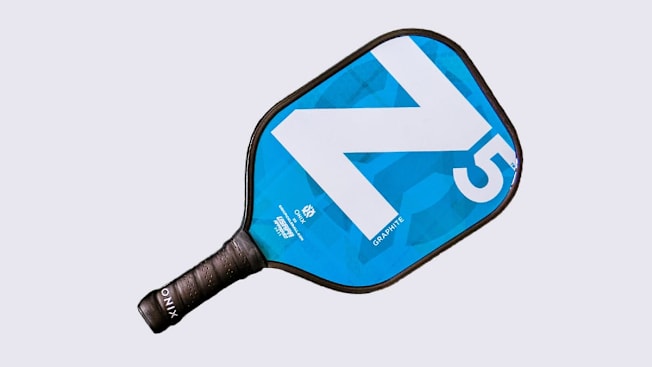
The grip on the Onix Z5 Graphite is small and oval-shaped, which might not be for everyone. A too-small grip will often force you to hold the paddle too tightly, which will tire you out, can lead to tennis elbow, and can create pop-ups (high balls that are easy put-away shots for your opponents). But this smaller handle could be just right for people with small hands. Unsure if that’s you? Pickleball Central has a guide to help you find your ideal grip size.
The paddle is light, quick, and packs plenty of power. Eric says its Nomex core is a composite material behind that power—and this paddle’s notorious popping sound. But the power you get comes with some sacrifice of control.
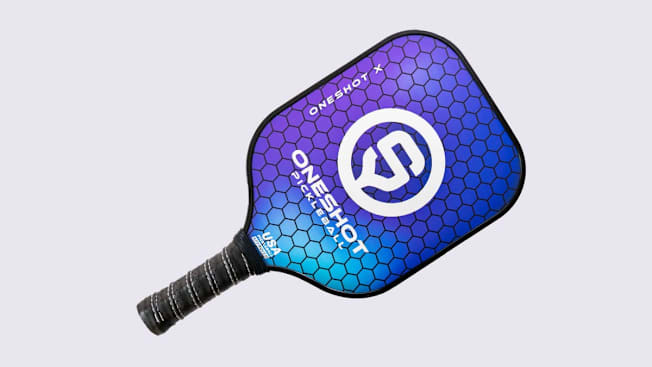
For players who can overlook a weird, bumpy grip with raised stitching, the Oneshot X costs $40 less than the Onix Z5 above and plays comparably—meaning it has good power. Jean said that she couldn’t find much of a sweet spot on it and that the bounce was “just okay.” Ray felt more elbow vibrations with the Oneshot than the Onix, and the sound it made was “very unpleasant.”
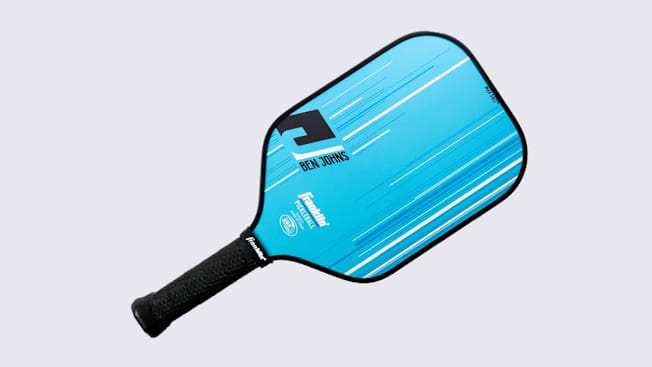
This paddle features an elongated shape and a gritty surface. “I liked the surface,” Jean said. “I was getting pretty wicked spins off of this one.” That texture is sprayed on, though, so it’ll wear down after several months of regular play. Eric says if you’re a casual recreational player, you might not notice much of a difference. The paddle’s long handle makes it ideal for a two-handed backhand.
The Franklin Ben Johns Signature also comes in a 16-millimeter thickness for the same price. CR didn’t purchase one for this evaluation, but all of our evaluators said they had tried it before and preferred it to the 13-millimeter model. “The 13-millimeter paddle feels like I’m playing with a wooden paddle,” Ray said. “It’s clunky, and I feel all the vibrations.”
“The 16-millimeter is a tried-and-true paddle that will give you more control and less vibration,” Eric said.
How We Evaluated Pickleball Paddles
We had three experts play pickleball with each paddle, evaluating:
- How the paddle felt in the hand, including grip, weight, and balance.
- How the paddle played, testing its swing speed, power, and ability to spin a ball.
- How comfortable the paddle was, including factors such as vibration, sound, and pressure points.
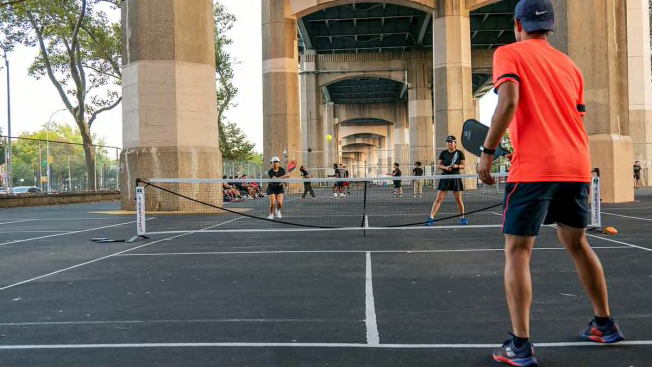
Photo: Perry Santanachote/Consumer Reports Photo: Perry Santanachote/Consumer Reports

















